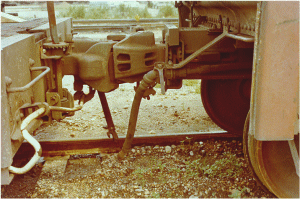how do brakes work on a train
In your car slamming on the brake pedal transfers your foot pressurethrough brake fluidto a piston. A locomotive equipped with dynamic brakes can be a.

A Study On The Intelligent Monitoring Of Braking Performance Of Freight Trains Based On Deep Learning Algorithm
Railway vehicles are commonly equipped with braking systems using compressed air to push the pads on the discs or blocks to the wheels.

. These are basically Air brakes which only applies to the locomotive and not the entire train. Air brake systems are widely used in commercial vehicle such as truck bus trains etc. The vast majority of the worlds trains are equipped with braking systems which use compressed air as the force to.
When the train reaches flat land the engineer disengages the dynamic brake which turns the fans off fires up the prime mover and begins sending current to the traction motors. Charged the engineer can set the brakes on the entire train by bleeding air out of the brake pipe using a valve in the locomotive cab. In the air brakes simplest form called the straight air system compressed air pushes on a piston in a cylinder.
The train brakes are released by admitting air to the train pipe through the engineers brake valve. He or she does this by pumping air into a. This creates friction which slows down the.
Thank you for all of the response guys. These are used to hold the train when parked on non-gradient surface. Please do the video about Regenerative braking in electric locomotive Im eagerly waiting for the next video about this topic.
The material used for braking is normally in the form of a block or pad. Dynamic braking is the method of train braking whereby the kinetic energy of a moving train is used to generate electric current at the locomotive traction motors. How Air Brakes Work.
This creates a vacuum in front of each. The brakes are applied when the engineer moves the brake handle to the service position which causes a reduction in pressure in the train pipe. Simply put air brakes work with a reservoir of air that is compressed on the train cars and when air is released braked shoes create friction.
In some ways a trains air brake is a lot like the brake on your car. The primary way to stop a train is using the air brake system located on the trailing freight cars behind the locomotives. The systems are known as air or pneumatic brakes.
Compressor component draws air from the atmosphere and compresses it for storage Air moves through braking pipe and feed pipe to transport it through the train. The piston is connected through mechanical linkage to brake shoes.

An Investigation On Braking Systems Used In Railway Vehicles Sciencedirect
A Picture Of Disk Brakes Of The Ttx Tilting Train Download Scientific Diagram
Do Trains Cause Permanent Damage To Their Wheels Or The Track If They Lock Their Brakes Quora

How Does The Air Brake System Work In A Train Quora
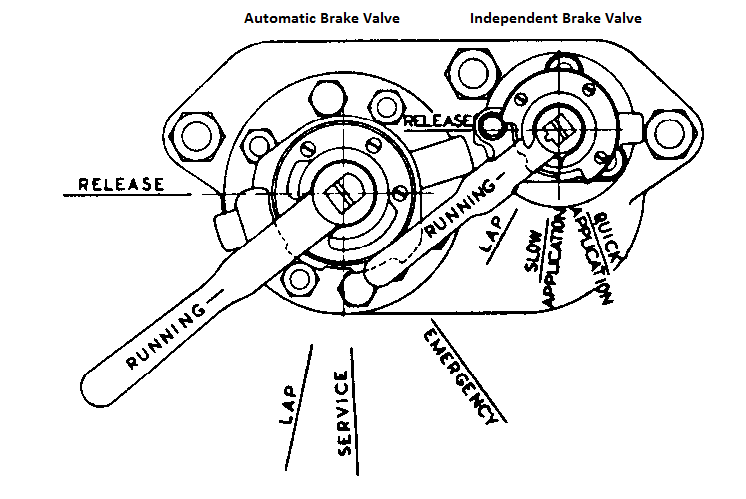
How Do Westinghouse Brakes Work Model Railroader Magazine Model Railroading Model Trains Reviews Track Plans And Forums
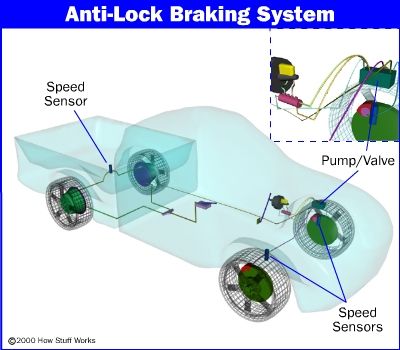
How Air Brakes Work Howstuffworks
Which Brake Is Commonly Used In Railway Trains Quora

Rams Analysis Of Train Air Braking System Based On Go Bayes Method And Big Data Platform

Stopping The Train The Iron Road The Illustrated History Of Railway

A Look At How A Train S Air Brakes Work Youtube
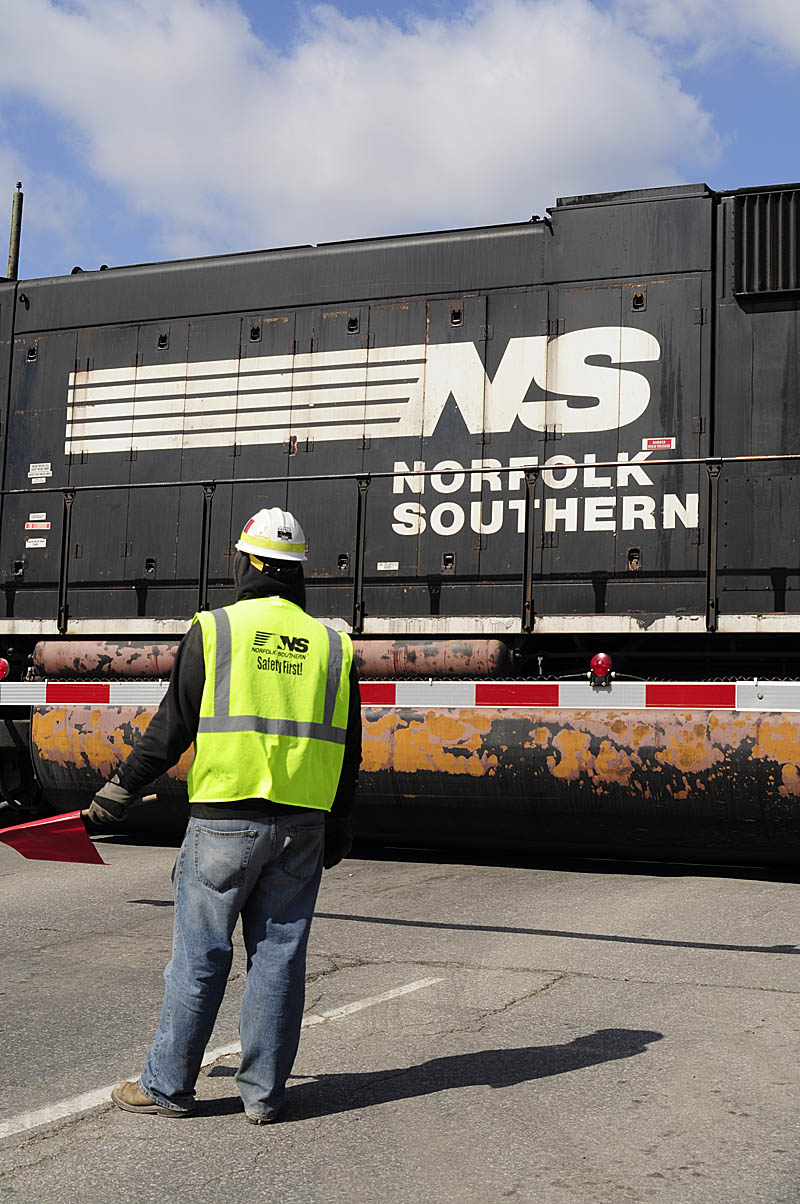
The People Who Work On Trains Trains Magazine
Brakes The Railway Technical Website Prc Rail Consulting Ltd
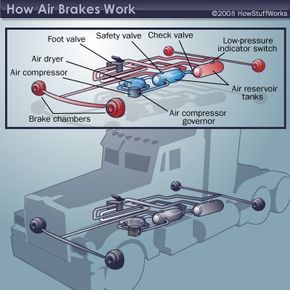
How Air Brakes Work Howstuffworks

An Investigation On Braking Systems Used In Railway Vehicles Sciencedirect
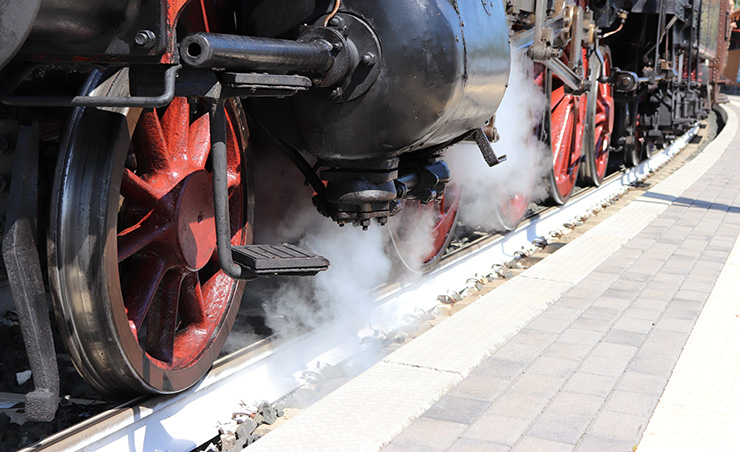
Westinghouse And The Fail Safe Train Air Brake Part 1 The Problem Electrical Engineering News And Products
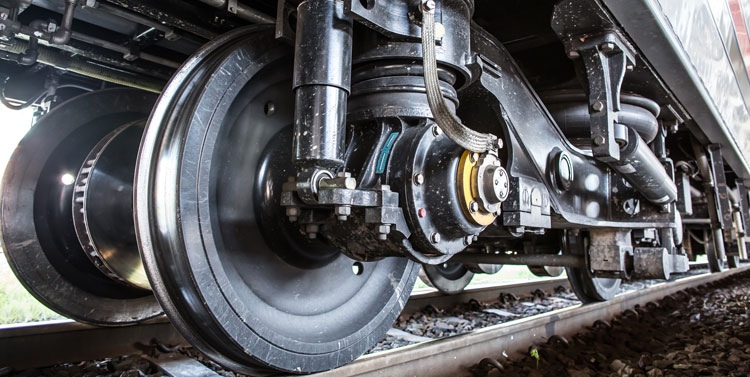
Train Braking Performance Determination Global Railway Review

